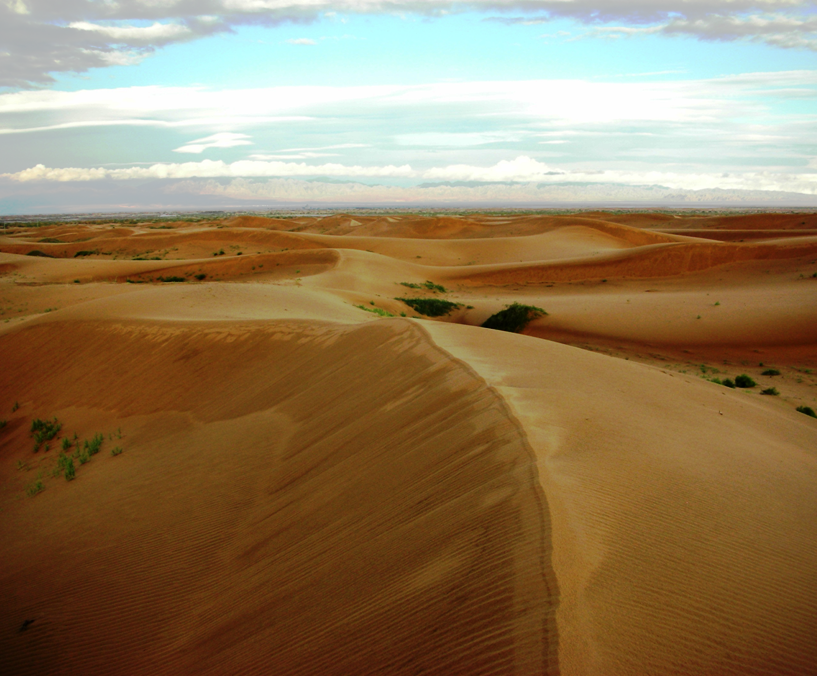Deserts on the World Heritage List: Filling the gaps
Deserts are not just arid, inhospitable places, they are unique and fragile environments and surprisingly full of life. But only a few deserts are World Heritage Sites, despite them covering one third of the earth’s land surface, says IUCN.

Photo: Andrew Goudie
“Deserts host unique and rare fauna and flora specially adapted to extreme conditions but they are often overlooked,” says Tilman Jaeger, IUCN’s World Heritage Project Management Officer. “For instance, few people know that the Bodélé Depression in Chad is the largest source of dust on earth delivering nutrients to the oceans and as far as the Caribbean.”
As the World Heritage Committee meets in Brasilia, IUCN, the advisory body on natural World Heritage sites, calls for a systematic effort to identify, list and conserve more deserts through the World Heritage Convention. IUCN will dedicate a study to deserts to be published in September.
“An estimated eight percent of the world’s population, 500 million people, live in or around deserts and depend on them for their livelihoods and as sources of income through tourism, irrigated agriculture and the exploitation of oil and gas,” adds Jaeger. “But they are also vulnerable systems that take a long time to recover from damage.”
Deserts and their inhabitants suffer from a variety of threats including climate change, exploitation of scarce water resources for mining and irrigation as well as over-use of the sparse vegetation through grazing and firewood collection. Several deserts have a history of military and weapons testing, including nuclear weapons with on-going major contamination. They are also home to traditional, typically nomadic cultures.
The useful functions of deserts tend to be known to specialists only.
“IUCN wants to raise the profile of deserts in the World Heritage arena, and encourage the use of the World Heritage Convention to ensure the long-term conservation of the most valuable desert areas” says Jaeger.
For more information or to set up interviews, please contact:
• Pia Drzewinski, IUCN Media Relations Officer, m +55 61 8125 8748 e pia.drzewinski@iucn.org
• Brian Thomson IUCN Media Manager, m. +55 61 8219 4408 e brian.thomson@iucn.org



